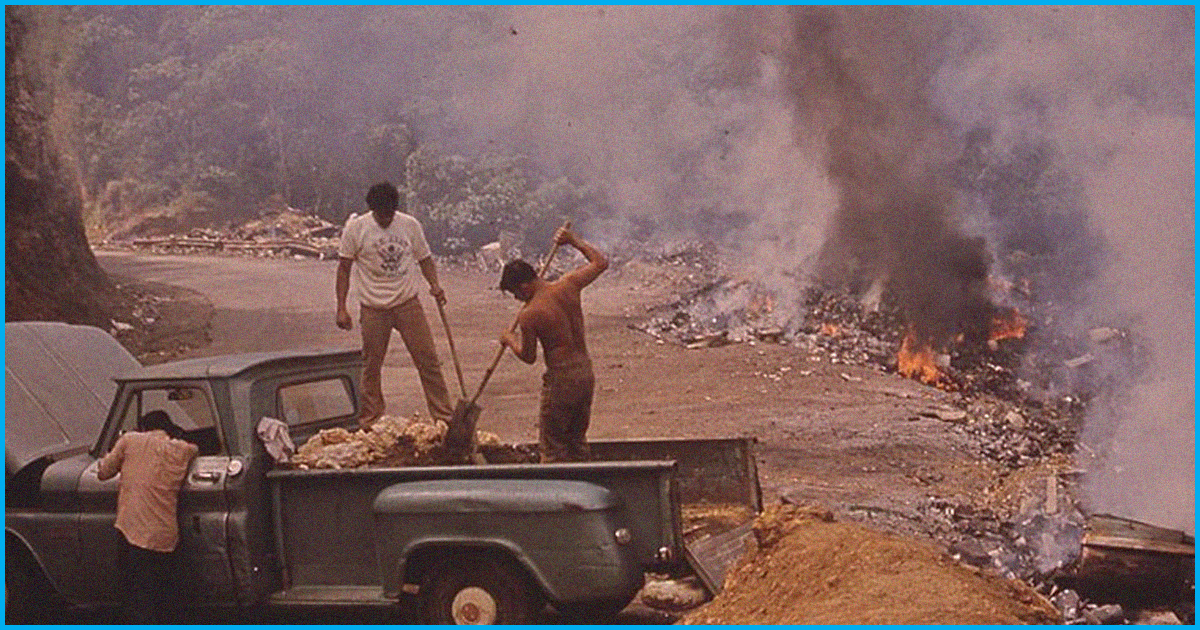
New Data Reveals Twice As Many Cities Violating Air Quality Norms As Recognized In National Clean Air Programme
30 Jan 2019 6:54 AM GMT
A new report by Greenpeace India has identified 139 cities where air pollution levels exceed national standards but were not included in the National Clean Air Programme (NCAP) that was recently released by the Ministry of Environment Forest and Climate Change (MoEFCC). Building on the most comprehensive data set ever published on air quality across the country, the report titled Airpocalypse III states that even if we are optimistic and assume that air pollution across India can be reduced by 30 per cent by 2024, 153 cities will be left with pollution levels exceeding the National Ambient Air Quality Standards (NAAQS).
Airpocalypse III analyses air pollution data of 313 cities and towns for the year 2017. Of these 313 cities, 241 (77%) had PM10 levels beyond the NAAQS. Thus, all these 241 cities belong on the list of ‘non-attainment’ cities that are required to take action under the NCAP. This is a sharp increase of 139 cities, more than twice as many as the 102 cities included on the list. The omission is due to the fact that the list of non-attainment cities in the NCAP was drawn together using data from the years 2011-2015.
“The NCAP has used limited data from 2015, and as a result, has omitted a large number of highly polluted cities. We are calling on the MoEF&CC to update the list with 2017 data to reduce air pollution in as many highly polluted cities as possible, to make this as ‘national’ a programme as possible and help us move towards a Clean Air Nation” says Sunil Dahiya, Clean Air Campaigner, Greenpeace India.
This report shows that even if the NCAP target of 30 per cent air pollution reduction by 2024 was achieved, 153 cities across the country will still not even comply with the NAAQS, and only 12 cities will comply with WHO guidelines. To highlight the severity of the crisis, even after a 30% reduction, PM10 levels in Delhi will still be about 168 µg/m3, almost three times the national standard of 60µg/m3.
According to NCAP, there are 43 Smart Cities in which the NCAP will be launched. Interestingly when the data was analysed it showed that based on 2017 PM10 levels, 65 out of 100 proposed “Smart Cities” are actually falling under the non-attainment category and only 12 of proposed smart cities are actually complying to the NAAQS. This raises questions on the comprehensiveness of the NCAP. “It’s disturbing that most of our identified smart cities are also grappling with hazardous air quality and a third don’t even have air quality monitoring data.”
“Realizing the 30% pollution reduction target by 2024 must be only the first step in making India’s air breathable. That will still leave about 50% of cities in violation of the national air quality standards. Millions of Indians will keep continue breathing hazardous air even in years to come, making it imperative that the MoEF&CC set more specific and ambitious city-wise and sector-wise pollution reduction targets. The Inclusion of sectoral pollution reduction targets along with strong accountability and compliance mechanisms is the only way in which we can achieve clean air and blue skies” adds Dahiya.
 All section
All section













